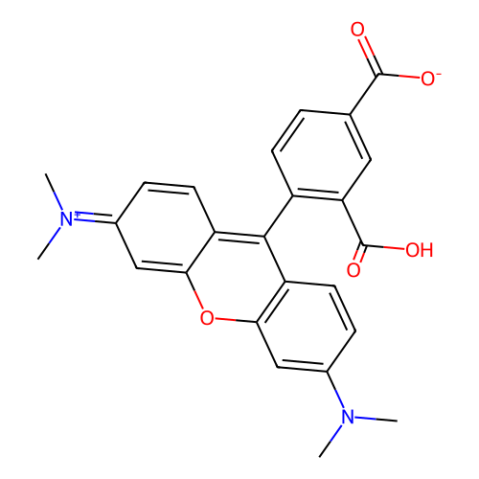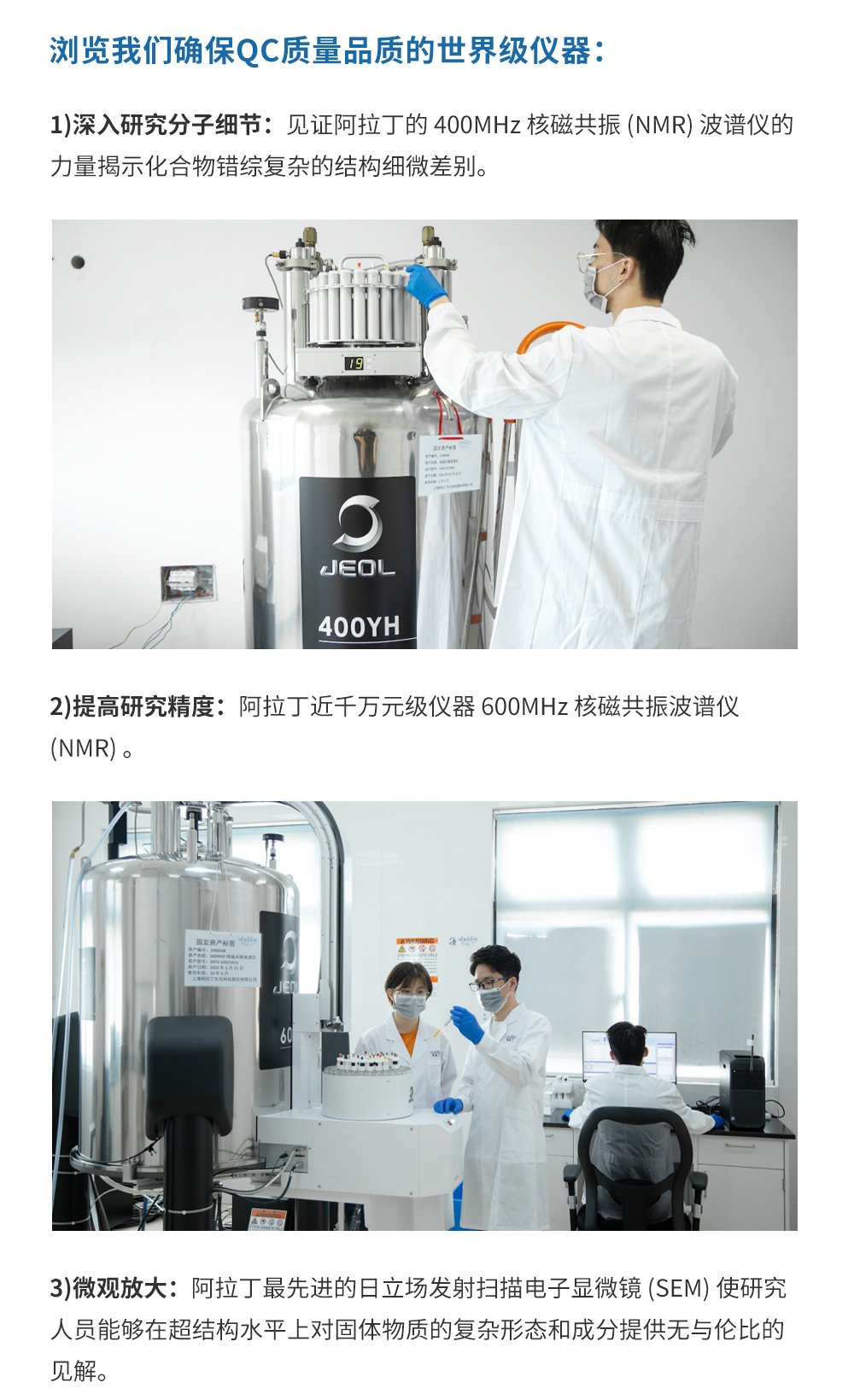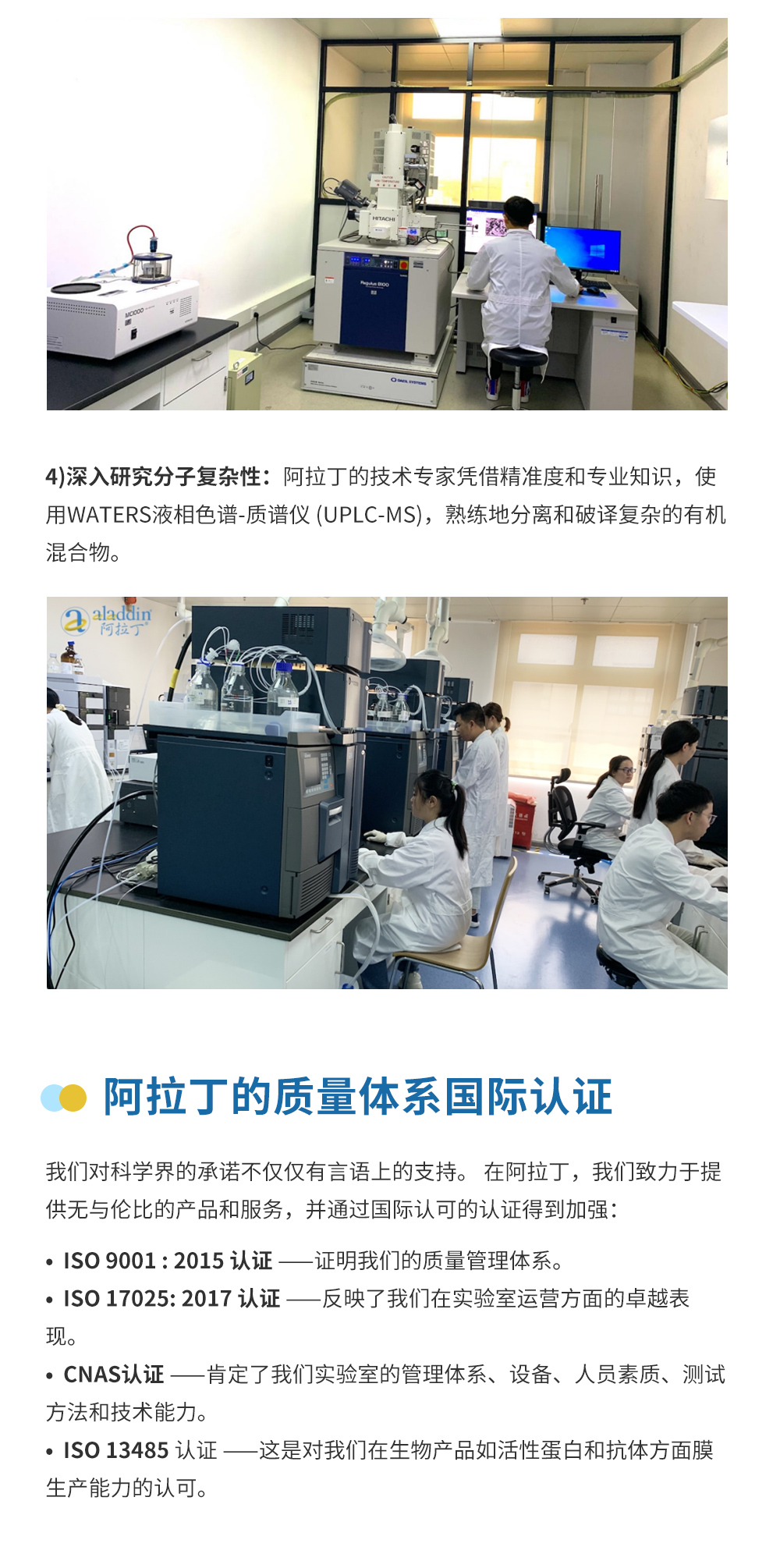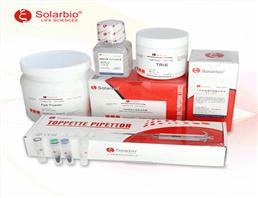aladdin 阿拉丁 C272928 5-羧基四甲基罗丹明 91809-66-4 >97%
5-TAMRA
91809-66-4
91809-66-4
¥294.90
100mg
起订
¥588.90
250mg
起订
¥184.90
50mg
起订
上海 更新日期:2025-02-27
产品详情:
- 中文名称:
- 5-羧基四甲基罗丹明
- 英文名称:
- 5-TAMRA
- CAS号:
- 91809-66-4
- 品牌:
- 阿拉丁
- 产地:
- 上海
- 保存条件:
- 避光,-20°C储存,干燥
- 纯度规格:
- >97%
- 产品类别:
- 化学和生化试剂 生化试剂
- 分子式:
- C25H22N2O5
- 分子量:
- 430.45
- MDL:
- MFCD01073638
- 运输条件:
- 超低温冰袋运输
- 产品规格:
- 100mg、250mg、50mg
- 货号:
- C272928
- 是否进口:
- 否
公司简介
上海阿拉丁生化科技股份有限公司是A股上市公司((股票代码:688179),专注于科研试剂的研发、生产和销售,已陆续建立多个工厂和研发中心。作为领军企业,阿拉丁始终坚持质量第一,连续13年被评为“最受欢迎试剂品牌”。
阿拉丁目前常备库存试剂产品品种超过7万种,SKU总数超过46万,产品线涵盖了化学试剂、生化试剂、药靶配体、蛋白质和抗体等多个领域,是国内少数化学试剂到生物试剂全面发展的国产试剂品牌,产品同步发布在我们国内外电商平台。
| 成立日期 | (16年) |
| 注册资本 | 14130.676万人民币 |
| 员工人数 | 500人以上 |
| 年营业额 | ¥ 1亿以上 |
| 经营模式 | 工厂,试剂 |
| 主营行业 | 生物化工,化学试剂 |
5-羧基四甲基罗丹明相关厂家报价 更多
-
- 5-羧基四甲基罗丹明(单一化合物)
- 北京索莱宝科技有限公司 VIP
- 2025-03-04
- ¥2310.00
-
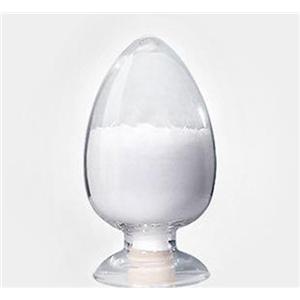
- 5-羧基四甲基罗丹明
- 武汉华玖医药科技有限公司 VIP
- 2025-03-04
- 询价
-
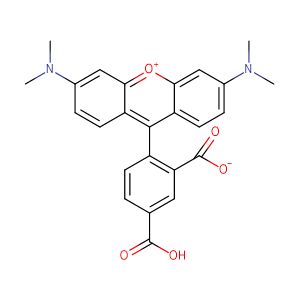
- 5-羧基四甲基罗丹明
- 郑州汇聚化工有限公司 VIP
- 2025-03-04
- 询价
-
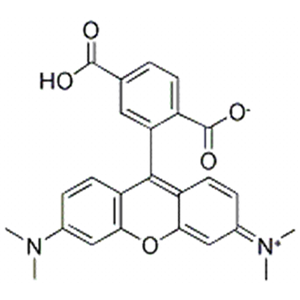
- 5-羧基四甲基罗丹明
- 南京探求生物技术有限公司 VIP
- 2025-03-04
- 询价
-

- 5-羧基四甲基罗丹明 91809-66-4
- 长沙瀚辰生物科技有限公司 VIP
- 2025-03-04
- 询价
-
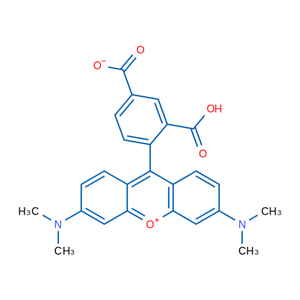
- 5-羧基四甲基罗丹明
- 河南阿尔法化工有限公司 VIP
- 2025-03-03
- 询价
-
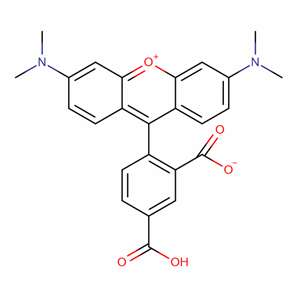
- 5-羧基四甲基罗丹明
- 河南威梯希化工科技有限公司 VIP
- 2025-02-27
- 询价
-
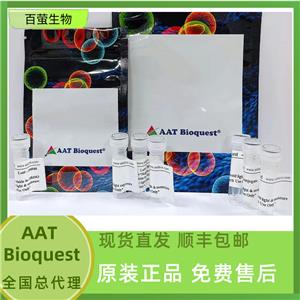
- 5-TAMRA 5-羧基四甲基罗丹明
- 西安百萤生物科技有限公司 VIP
- 2025-02-24
- 询价
-
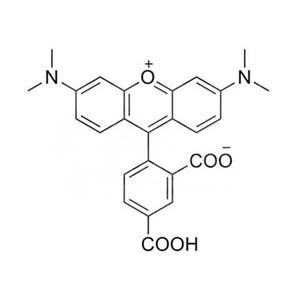
- 5-TAMRA
- 上海科泽永欣生物科技有限公司 VIP
- 2025-02-14
- 询价
-
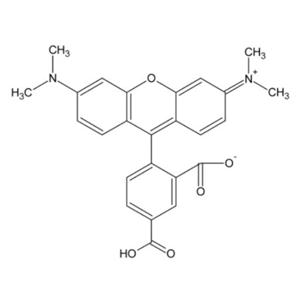
- 5-羧基四甲基罗丹明,5-TAMRA
- 陕西新研博美生物科技有限公司 VIP
- 2025-01-25
- 询价

